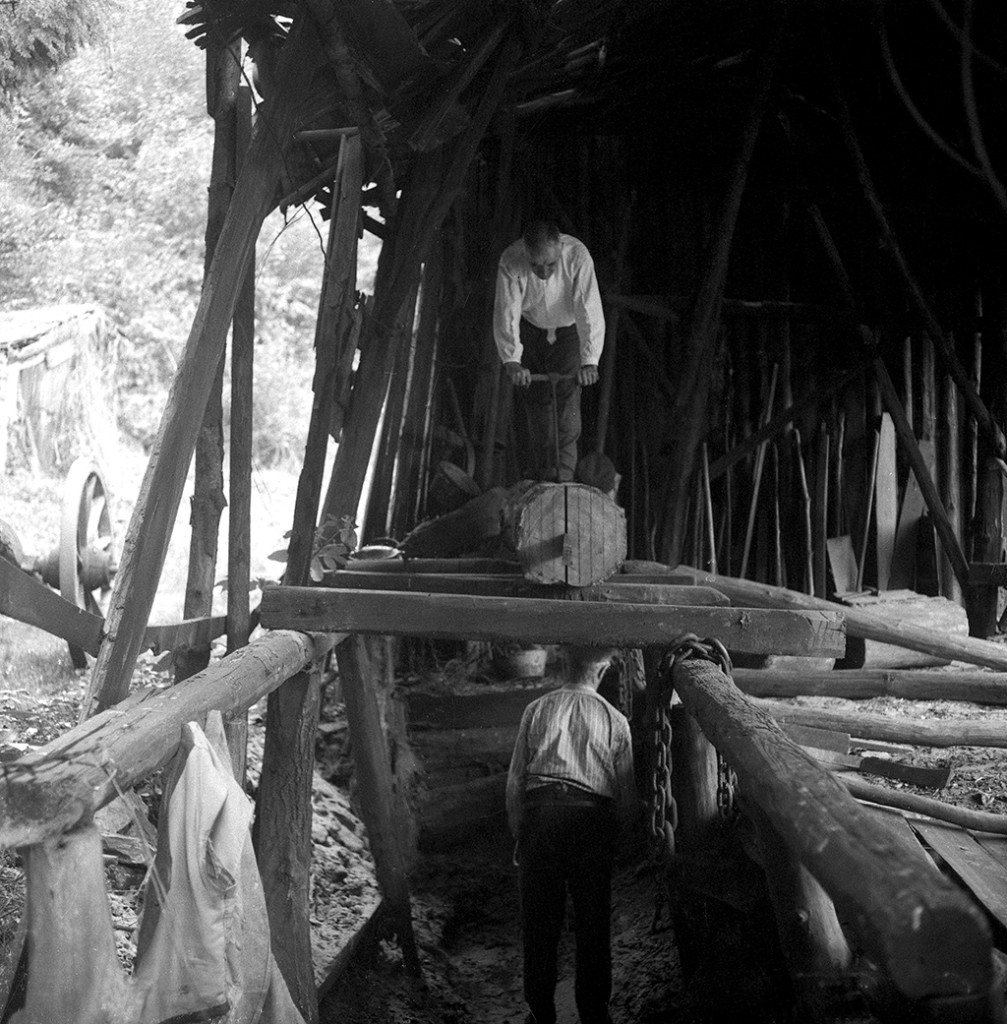Research
Search our website
Search our website by entering a keyword or choose a database above to search specifically.
Search
Showing search results 13,571 - 13,580
14,512 results found

Prince's castle in 3D
Prince's castle measured up by UCL students In the autumn of 2016 and
spring 2017, a groupe of students of the UCL (Faculty of Architecture,
Architectural Engineering and Urban Planning - LOCI Brussels) used the
Prince's castle site as a location for a practical internship. Under the
motto "many hands make light work" they completely removed no less than two
trucks of vegetation from the castle's walls and foundations. This allowed
them to accurately measure, describe and draw out the entire site and
environment. Based on all these surveying plans, detailed drawings and
sketches, they made reconstruction drawings and described in detail the
technical and architectural characteristics. In addition, one of the
students, Sébastien van Naemen, made a 3D virtual drawing of the whole.
This UCL project will be of inestimable value for the further restoration
of the site.

Prince's castle in scaffolding
Prince's castle in scaffolding From ruins to construction site The Prince's
castle has a long and eventful history. After the retreat of the German
occupiers in 1944, who burned down the castle, it fell into disrepair.
Today it is a ruin, only the keep or residential tower is still standing
and you can visit it as part of the MOT. The Municipality of Grimbergen is
the owner and has been carrying out urgent conservation works since 2024 to
prevent further decay, but a complete reconstruction of the castle is not
possible for various reasons. And yet the MOT is going to make an attempt!
As a museum, we want to turn the Prinsenkasteel into a historic
construction site, where we can experiment with and learn from historical
construction techniques and tools. Where possible, we rebuild parts of the
castle with late medieval techniques, tools and materials. A long-term
work, from which we will learn a lot. The ruin is currently unsafe, we
have to wait until after the conservation works (2024-2025)...

Squaring the trunk
Squaring the trunk Although not strictly necessary, it is recommended to
debark the tree butt and remove the sapwood, the outer wood with the latest
growth. Despite watering, these outer layers between the heartwood and bark
can contain nutrients, making the pump susceptible to weathering, fungi and
wood-boring insects. Removing this outer layer is done by squaring the
trunk. This can be done both before and after the boring process. A
practical benefit of squaring beforehand is that you take excess weight off
the trunk which makes it lighter to handle. The trunk is fixed with heavy
iron clamps low above ground level. After removing the bark with the
barking shovel, we opted in this experiment to square the trunk in an
octagonal shape using broad axes. You can use a carpenter's adze, but this
works a lot slower. The octogonal shape works best for removing the sapwood
and fixing the trunk on the boring trestle and in the well. After squaring,
the diameter of our pump body was reduced to...

Saw stand
Saw stand With the frame saw and the crane saw you can saw logs into
planks. To be able to work with two people on these large saws, the log to
be sawn must be placed at a height, on a saw stand.

Balance crane
Balance crane We built this wooden balance crane to allow school pupils to
experience the operation of a lever during the Atelier Levers. Such a
crane is a hoist that consists of a vertical pole that is fixed and forms
the support point for the horizontal beam that serves as a lever. Sometimes
the lever hangs from a chain, allowing it to be turned and swiveled. The
load is connected to the lever by means of a rope, chain or something
similar. Balance cranes were to be found in ports to load and unload ships,
on construction sites, in quarries...

Search by craft
ID-DOC: search by craft

Placing the pump
Placing the pump Water was a necessity in every yard and house, in land
cultivation and craftsmen's workshops... Before constructing a new house, a
well had to be dug to supply water for making the mortar, certainly in
remote places. The location of a pump was well thought about, usually not
far from the kitchen. Sometimes a pump was installed in or at the side of a
building in the form of a small pump house or lean-to. Water pumps only
protrude low above the ground (approx. 60-100 cm). There are strong
regional differences in wells and pumps. We made a model as shown in the
drawing on the right. In areas with shallow water, such as the Meetjesland,
short pumps with a fixed handle transverse to the pump rod were found.
Elsewhere, a long, pivoting hand crank was used.

Boring the trunk

Forge marks in Belgium
All kinds of identifying marks: symbols, letters or numbers, can often be
found on tools. These marks may refer to the manufacturers (e.g. Paul
Dubois’s La guêpe (wasp)), or to the place where the piece was made (e.g.
Gembloux). They emphasize the quality (e.g. acier garanti (guaranteed
steel)) or a property (e.g. inoxydable (stainless)); warn that there is a
patent pending or in existence; record the name of the object; even give an
indication of how to use it, etcetera. In addition there may also be marks
of ownership or embellishment.

Which wood?
Which wood to use?








